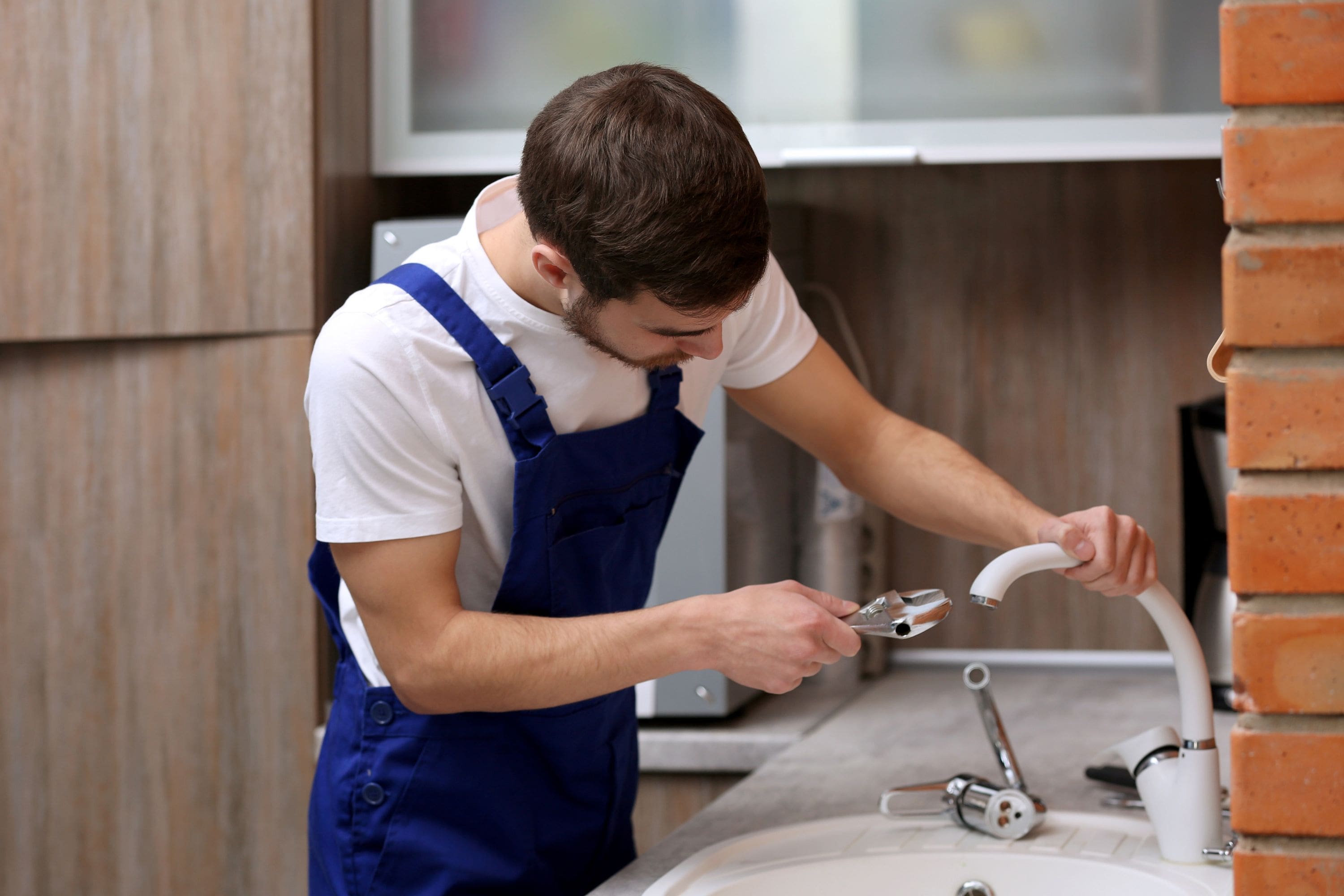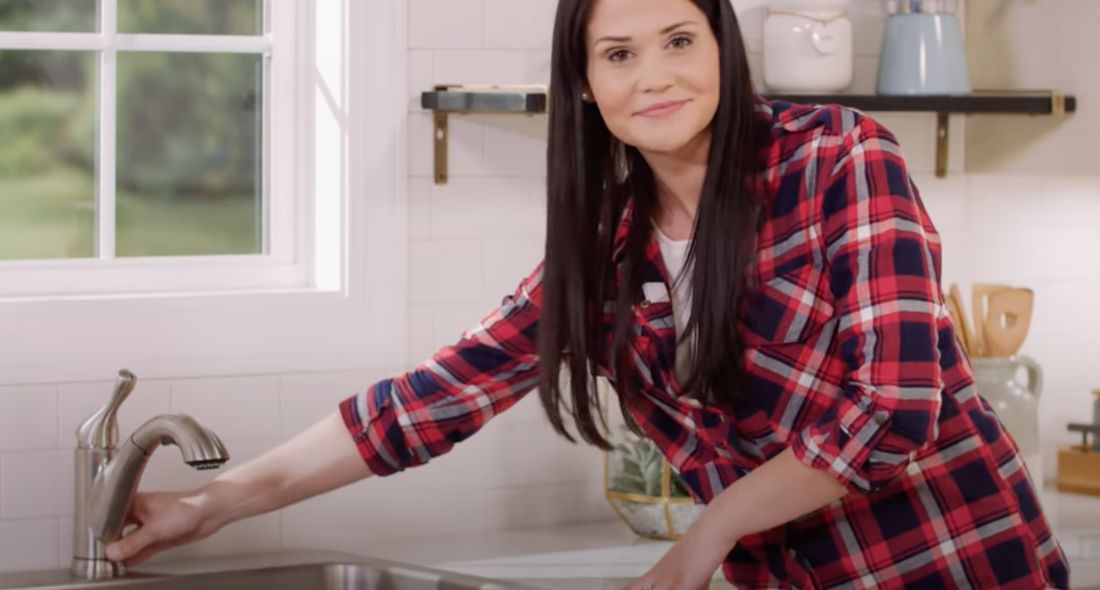Causes Why It's Essential to Resolve a Faulty Faucet
Causes Why It's Essential to Resolve a Faulty Faucet
Blog Article
What are your thoughts about Why Is It Important To Fix Your Leaking Tap/Faucet??

Leaking taps could seem like a minor trouble, yet their influence surpasses simply the annoyance of the audio. From drainage to incurring unneeded economic costs and wellness dangers, ignoring a trickling tap can cause various consequences. In this write-up, we'll explore why it's important to resolve this usual household issue promptly and properly.
Waste of Water
Environmental Effect
Leaking taps contribute significantly to water wastefulness. According to the Epa (EPA), a single faucet trickling at one drip per second can squander greater than 3,000 gallons of water each year. This not just strains water sources however likewise influences environments and wildlife depending on them.
Step-by-Step Overview to Taking Care Of a Dripping Tap
Tools Called for
Before attempting to take care of a dripping tap, gather the required tools, consisting of an adjustable wrench, screwdrivers, substitute parts (such as washing machines or cartridges), and plumber's tape.
Typical Faucet Issues and Their Solutions
Identify the sort of faucet and the certain issue causing the drip. Usual problems include damaged washers, corroded shutoff seats, or malfunctioning O-rings. Refer to supplier directions or online tutorials for detailed guidance on repairs.
Financial Costs
Increased Water Costs
Beyond the environmental effect, trickling faucets can blow up water expenses substantially. The collected waste in time converts right into higher utility expenditures, which could have been stayed clear of with prompt repair services.
Potential Residential Property Damages
In addition, extended leaking can cause harm to components and surfaces surrounding the faucet. Water build-up can create discoloration, deterioration, and also structural concerns if left neglected, resulting in extra repair work expenses.
Wellness Concerns
Mold And Mildew and Mold Development
The consistent visibility of moisture from a leaking faucet develops an ideal atmosphere for mold and mildew and mold growth. These fungis not only jeopardize interior air quality yet likewise posture health and wellness risks, especially for people with respiratory problems or allergic reactions.
Waterborne Conditions
Stationary water in leaking taps can come to be a breeding ground for bacteria and various other virus, increasing the risk of waterborne conditions. Contaminants such as Legionella germs thrive in stationary water, potentially bring about major health problems when consumed or inhaled.
Do it yourself vs. Expert Repair work
Benefits and drawbacks of DIY Fixing
While some might attempt to take care of a trickling tap themselves, DIY fixings come with their very own set of challenges. Without correct knowledge and devices, do it yourself efforts can aggravate the problem or result in incomplete repair services, extending the problem.
Benefits of Working With a Professional Plumber
Hiring a professional plumber guarantees that the underlying source of the leaking tap is addressed successfully. Plumbing professionals have the expertise and tools to detect and repair tap problems efficiently, saving time and decreasing the threat of more damages.
Environmental Duty
Individual Payment to Preservation
Taking obligation for dealing with dripping faucets lines up with broader efforts toward water preservation and ecological sustainability. Every person's activities jointly make a considerable effect on protecting precious resources.
Sustainable Living Practices
By prioritizing timely repairs and adopting water-saving routines, individuals contribute to lasting living techniques that benefit both existing and future generations.
Preventive Measures
Regular Upkeep Tips
To stop dripping taps, execute routine upkeep such as cleansing aerators, examining for leakages, and changing damaged parts immediately. Furthermore, consider installing water-saving gadgets or upgrading to more efficient components.
Significance of Prompt Repairs
Attending to dripping taps as quickly as they're discovered avoids additional water wastage and potential damage, inevitably saving both water and money in the long run.
Effect On Residential Property Value
Assumption of Well-Maintained Building
Preserving a residential or commercial property in good condition, including attending to maintenance problems like trickling taps, boosts its viewed value and worth amongst potential purchasers or occupants.
Impact on Resale Value
Features with well-kept plumbing components, consisting of faucets, command greater resale values in the property market. Resolving dripping faucets can add to a favorable impression during property evaluations and settlements.
Conclusion
Dealing with a dripping faucet surpasses simple ease; it's an essential step towards saving water, decreasing economic prices, and guarding health and home. Whether via DIY repair services or specialist assistance, taking action to take care of trickling faucets is a tiny yet impactful method to advertise accountable stewardship of sources and contribute to a healthier, more sustainable future.
How to Fix a Dripping or Leaky Faucet
A leaking faucet is one of the most common problems that homeowners encounter, but it being commonplace doesn’t make it any less annoying. The constant drip drip drip of a leaking bathtub faucet, showerhead, or sink tap can disturb your home’s serenity. Left neglected, a dripping faucet can also result in higher water bills and discoloration or mold growth in your sink or plumbing fixtures.
Fortunately, you don’t have to be a trained plumber to know how to stop a dripping faucet. With some basic tools, replacement parts, and a little patience, leaky faucet repair is a breeze. In this article, we’ll explain what causes dripping faucets and how you can fix them.
What Causes a Leaking Faucet?
Kitchen and bathroom faucets come in all manner of designs, but most involve some combination of valves, O-rings, seals, and washers. The O-ring is usually the weakest link, but any one of these pieces can wear down over time. Heat, moisture, temperature fluctuations, minerals, mold, and movement can contribute to warping and corrosion, breaking the watertight seal. This just comes with the territory of being a homeowner. Everything is always subject to wear and tear, and some component parts of your appliances and fixtures need to be replaced on occasion. At least replacement O-rings are cheap!
More rarely, dripping faucets can be a symptom of excessively high water pressure. Were this the case in your home, you would probably notice that the leak is not isolated to one faucet. Water pressure issues are harder to resolve on your own. We recommend contacting a professional plumber if you suspect your water pressure is too high.
How to Fix a Dripping Faucet
Pipe wrench or monkey wrench Allen wrench set Screwdrivers Old towel or rag Shut off the water.
Before you do anything, you need to turn off the water to keep from drenching your kitchen or bathroom. You should find a valve under the sink and against the wall. Once you’ve turned this valve, try turning the faucet on to confirm that the water source has been cut off.
If you can’t locate your local valve for the faucet you’re working on, you can always shut off the water to the house at the main valve. Of course, this will prohibit anyone from using the sinks, showers, or toilets while you’re working on the faucet that’s giving you trouble.
Plug or block the drain.
You’ll be disassembling the faucet and removing some small bits of hardware. Plug the drain with a stopper or rag to avoid the possibility of a small screw falling into your P-trap.
Take apart the faucet assembly.
There are several varieties of kitchen and bathroom faucets, each with its own manner of assembly. For detailed instructions on how to disassemble your faucet, you can refer to the fixture’s manual or contact the manufacturer. If you know whether you have a ball, disc, cartridge, or compression faucet, you can find detailed schematics online.
In general, you need to begin by removing the faucet handles. You might notice a small screw that you’ll need to remove with a screwdriver or Allen wrench. If you don’t see any visible securing hardware, it’s likely hidden under a decorative cap that can be unscrewed or popped off with flathead screwdriver.
Remove each piece methodically, consulting a schematic when necessary. Take notes or arrange the pieces in such a way to make it easier to correctly reassemble the faucet later.
Remove the cartridge.
Once you’ve removed the handles and securing hardware, you should be able to remove the valve cartridge or stem. Some cartridges will slide right out. Other faucet models will require you to loosen a nut with a pipe wrench before you can remove the valve stem.
Examine the exposed hardware.
With the cartridge or stem removed, inspect the component parts. Check the rubber O-rings for wear and tear. Also examine the seat washer for corrosion or other damage. These pieces are usually the responsible parties for a dripping faucet, but it’s worth inspecting the other component parts while you have the faucet disassembled.
Find replacement parts.
Once you’ve identified which faucet component has failed, find an identical replacement. Your local hardware store should have O-rings, seat washers, and other standard components in stock. If you have a luxury or uncommon faucet, you may have to contact the manufacturer for a replacement part.
It’s a good idea to take your old parts with you to the hardware store so you can compare them with the store’s inventory and be sure you’re purchasing the correct replacement.
Reassemble the faucet.
With your new parts in hand, reconstruct the faucet and handles. Don’t be tempted to overtighten screws or nuts. You might think this could create a better seal, but it can instead damage or bend a delicate part of the assembly and create a new problem for you.
Turn on the water and test the faucet.
The only thing left to do is test your work. Unplug the sink, turn the water back on, and try the faucet. Congratulate yourself on a job well done!
https://www.libertyhomeguard.com/how-to-fix-a-dripping-or-leaky-faucet/

I am just very curious about Water Dripping from Faucet: Why and How to Fix and I'm hoping you liked the page. If you please take the opportunity to promote this blog posting if you enjoyed reading it. Thanks a lot for being here. Return soon.
Report this page